
18 minute read
FOR OVER NINETY YEARS,
the monsters we know and love as munchers, the walking dead, or ZOMBIES have captivated audiences on the big and small screens, leaving nothing but fear and terror in their wake. While the undead have been popular horror monsters for almost as long as cinema has existed, their history and rules can often be lost or vary from film to film or show to show. There’s so many different interpretations and ideas of what zombies can be, but their essence is almost always captured by a few notable elements, so one has to ask, what is a zombie and where did they come from?
The word “zombie” has origins in Haitian and Caribbean vodun culture, used originally as controlled husks by shaman or witch doctors to perform mindless tasks and general slave labor. In much the same way the enslaved peoples of Africa were used by their masters, after the Haitian
Advertisement
Revolution (1971-1804), the free practitioners of these rituals were influenced by their horrible pasts and operated on the same fears of being put back in chains by placing them on others and their spirits. These zombies would never reach their eternal paradises and forever be tethered to their desiccated human bodies for the sole purpose of doing the bidding of evil men.
While the film White Zombie, (starring Bela Lugosi) is regarded as being the first movie to bring the idea of the undead to the public, it’s negative critical reception and closeness to the original myths of zombiemaking may have turned off general audiences, while inspiring other movie makers looking to perfect the interesting, albeit poorly implemented, concept. Released in 1932, White Zombie followed a character named Madeline Short and her fiance, Neil, as they decide to get married in Haiti. They soon fall into a plot by Lugosi’s villainous “Murder” Legendre, a white Haitian voodoo master, who compels Madeline into becoming his thrall and plans to control the rest of his town. This movie established the ritual of becoming a zombie to be similar to becoming a vampire, only replacing a bite on the neck with a potion and burial. This was borne out of similar
Caribbean rituals of control and compulsion through substances like their coupe poudre, the powder that induces a death like state, and extract of the jimsonweed plant to keep victims in a constant state of delirium.
Unfortunately, this movie and its 1943 sequel made little to no cultural impact outside of the former becoming the namesake of one very influential industrial metal band. It wasn’t until George A. Romero’s Night of the Living Dead in 1968 that the hunger for zombie films truly began in earnest. Influenced by Caribbean mythology and brimming with social commentary of the time, the film changed zombie fiction from that moment on, replacing the spells and magic with ideas rooted in the realm of science fiction. No longer were victims under a sort of hypnosis to be commanded, instead the bodies of the dead either began rising from their graves or were resurrected upon being killed by other means. Night of the Living Dead was unlike anything most movie audiences had ever seen, bringing a level of violence to screens that likely would have never seen the light of day at the height of the Hays Code, the set of guidelines that the film industry imposed on itself to limit distasteful elements in cinema. Not only did this open up the kind of graphic content filmmakers could put in their movies, it also improved the methods of storytelling and themes that some stories could have. Romero’s 1985 film, Day of the Dead, explored the collapse of American society and the last vestiges of the military trying to keep a sense of order, even going so far as to conduct experiments on zombies to help them regain sentience or at least make them compliant enough to be commanded (a concept that 2006’s Fido would expand on with an integrated society that had zombies at the lowest part of the social totem pole). Day of the Dead definitely took heavy influence from the aforementioned Caribbean/West African mythos of zombies as things to be controlled and gets the audience to cheer on the zombies as they break loose of their chains and oppression. Romero would even go on to update his own sentiments further with 2005’s Land of the Dead, being a spiritual remake of Day, criticizing aspects of maintaining capitalism in a crumbled country and the abuse of zombies for sport, an allegory for middle class people under the thumb of rich elites.
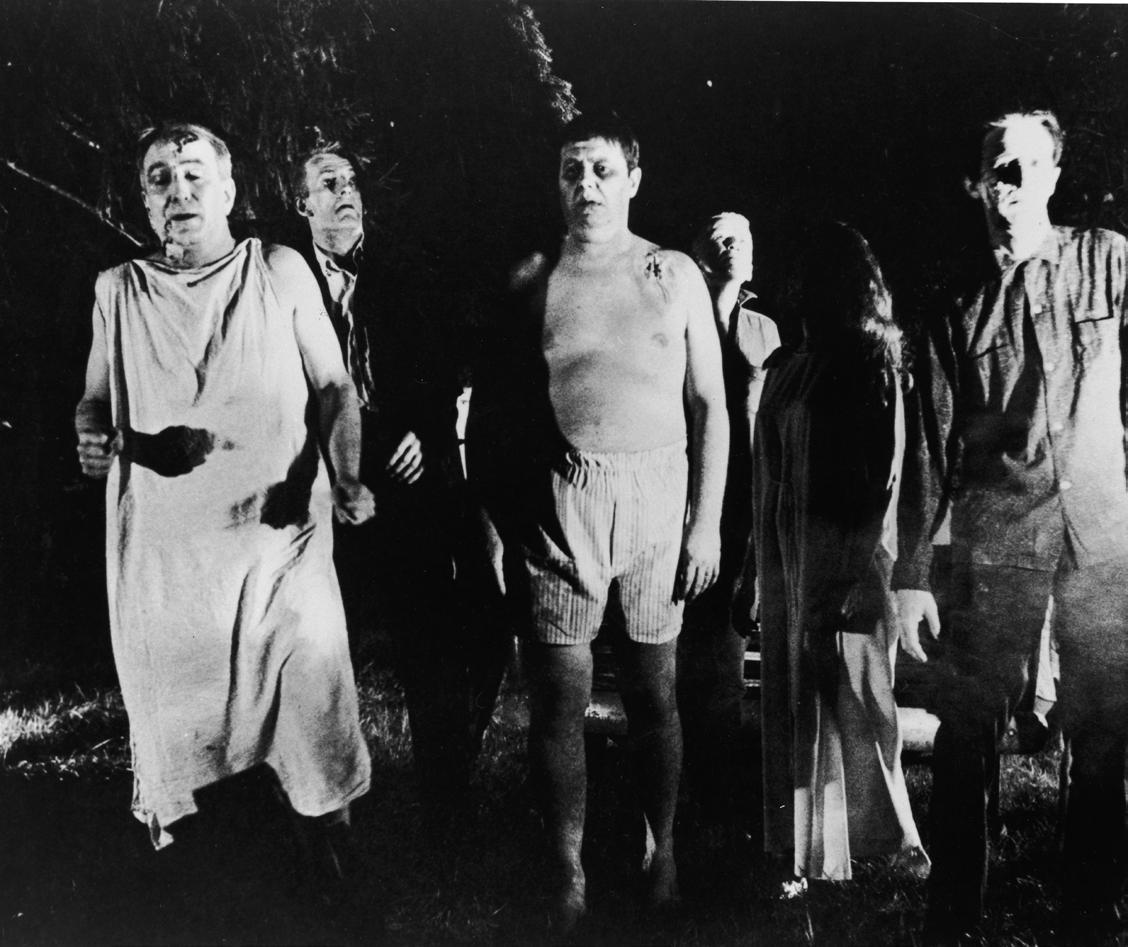
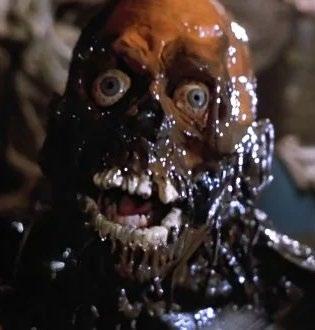
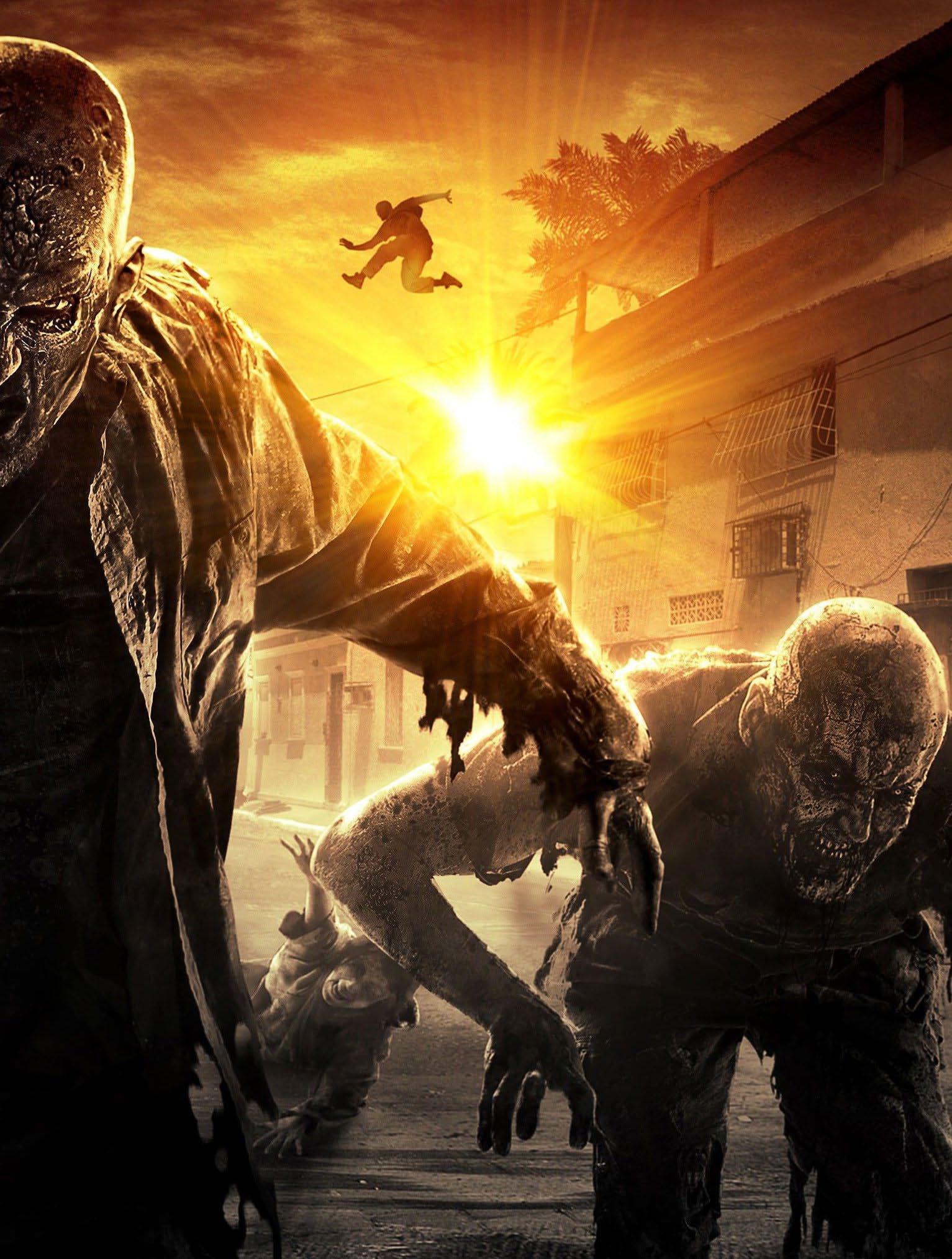
This signaled a turning point for most media, showing that they didn’t have to be constrained in their visions and that there were avenues for a new age of horror filmmaking where the good guys didn’t always win and that there were audiences that could handle gruesome and terrifying scenes. Not only was Night successful in America, but across the rest of the world as well, with Lucio Fulci directing an Italian “sequel” to Romero’s movie titled Zombi 2, as Night was renamed upon release in Italy. This would show the worldwide appeal of zombie cinema and other directors wanting to place their own stamp on the creatures in their early years. Romero himself would go on to make official sequels in the form of Dawn of the Dead (1978) and the aforementioned Day of the Dead (1985) before the zombie craze began to wane in the 80s due to a proliferation of low budget zombie movies and slashers shooting ahead in popularity. While the undead had the odd successes in the unrelated Return of the Living Dead franchise, zombies wouldn’t flourish in the spotlight until they gained a renewed interest thanks to Capcom’s Resident Evil video games.

While there had undoubtedly been games about zombies that came before it, such as Zombie Zombie (ZX Spectrum, 1984), Resident Evil (1995) was one of the first to capture the visceral and horrifying nature of zombies, by placing players in control of their own survival against a horde of the undead and other various monsters. It was a tense experience that was made worse due to the settings tight spaces and corridors and durable enemies. The sequels continued to innovate by showing how its T-Virus could mutate to create monsters like the Lickers and Nemesis, an absolute unit of a creature that attacks with tentacles and a rocket launcher. Resident Evil was so popular that it began the new zombie craze of the 90s and lasted well into the 2000s.
Outside of video games, Japan and Korea both have an intense love for the zombie genre with both releasing a multitude of very popular zombie movies and shows. Japan in particular has a long history of zombie movies with Battle Girl: Living Dead in Tokyo Bay being heavily considered their first, releasing in 1991. Since then, they’ve created a number of interesting zombie films spanning a wide variety of genres and styles such as Takashi Miike’s The Happiness of the Katakuris (2001), a musical with zombies, and recently Shin’ichiro Ueda’s One Cut of the Dead (2017), a film that effectively contained three films in one and can only be seen to be believed. Korea, while being fairly new to the genre, has built a large following of fans dedicated to the walking dead and new ways to tell great character driven stories around zombie uprisings. Many articles have been written about how influential it’s been, but Sang-ho Yeon’s Train to Busan fused messages of class division and family to create one of the most well loved zombie films ever, kickstarting the era of zombies in South Korea. Il Cho’s #Alive (2020) made small use of social media in an age where many people chose to make livings within the confines of their homes, and showed how they could brave the outside world to choose life with others over solitude. And tv shows like Kingdom and All of Us Are Dead showed that they could make compelling zombie fiction on the small screen like The Walking Dead and Z-Nation had been doing for years.
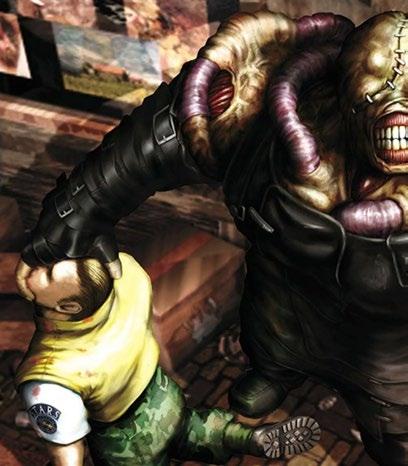
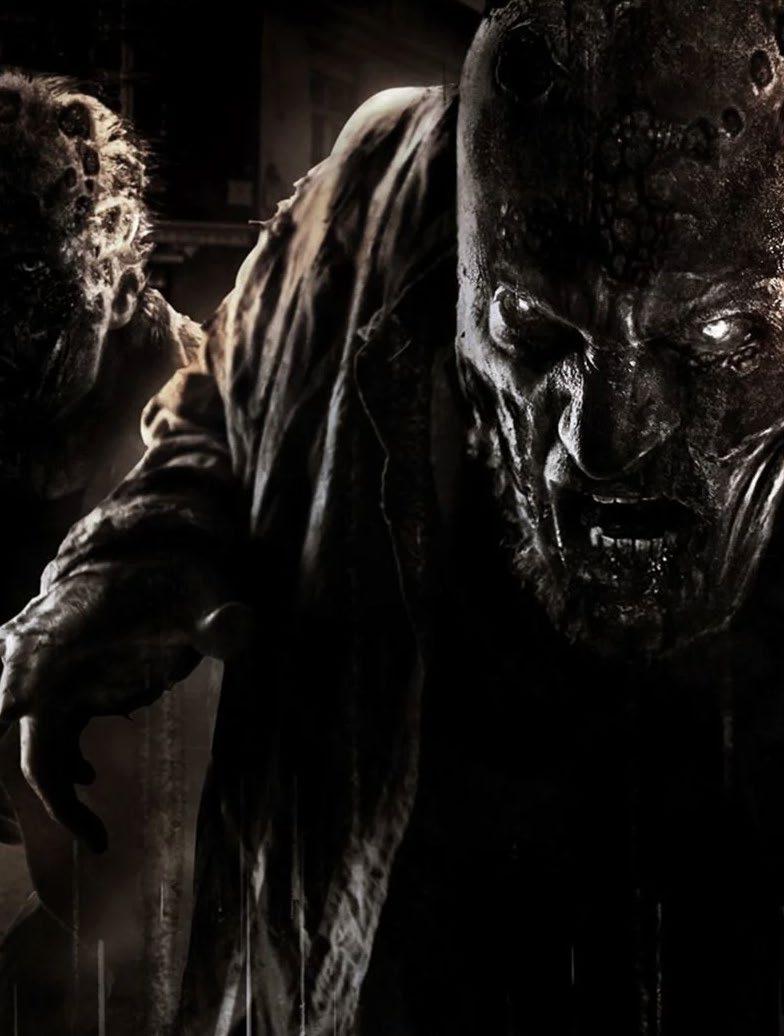
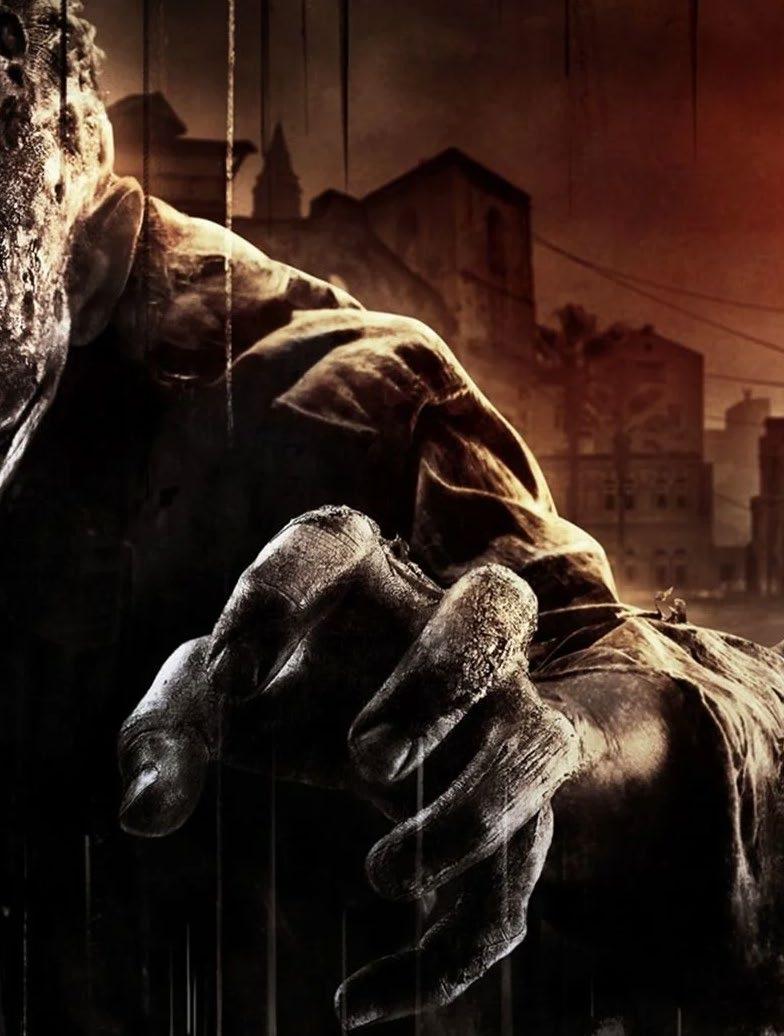
If Night of the Living Dead and Resident Evil inspired two periods of love for zombie fiction, it would definitely be the genre’s uniqueness and willingness to experiment that would cause other creatives to branch out and create their own wonderful worlds of the living dead, breaking the mold with new and innovative projects. While not specifically zombies, Danny Boyle’s 28 Days Later explores the collapse of British society and the bubbling rage of the new millennium with its Rage virus. These infected humans have a small measure of continued higher brain function with the ability to sprint and hunt through sound. This added an entirely new layer to the fear that zombies were able to create as, in the past, they were mostly seen as shambling husks that used their numbers and luck to overwhelm survivors versus their movement speed.

Every genre has its parody equivalent and Edgar Wright’s Shaun of the Dead (2004) brought forth the idea that even movies about a near apocalypse can be absolute gutbusters.
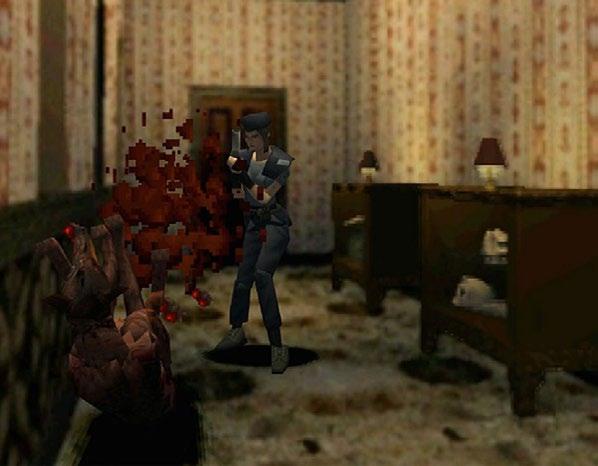
Building off of a love for the zombie movie genre, the film has exploded in popularity and routinely makes lists for being one of the best zombie movies ever made for its clever wit, references to other movies and a very heartfelt story about friendship and family. It was so highly regarded that it even got a co-sign from George A. Romero himself (leading to Wright and Simon Pegg getting cameos as zombies in Land of the Dead a year later). Shaun of the Dead would go on to influence movies like Warm Bodies and Zombieland, both having much lighter tones while maintaining the gore and heart of a good zombie film. Another part of the zeitgeist where zombies have maintained a clear popularity is in the world of comic books. As a visual medium that lacks some of the restraints and confines of live action movies, zombie comics are able to portray the undead in a far more grisly and inhuman light, turning them into far more horrific creatures than even the best make up artist can conceive of. Straight out of the Gate, Image Comics published Robert Kirkman, Tony Moore and Charlie Adlard’s The Walking Dead and it was a massive hit of a comic that checked every box for what made a piece of zombie fiction worth reading - amazing visual style, awesome character moments that showed the best and worst of humanity, and absolute terror because of the zombies. The Walking Dead did everything right with its pacing, allowing its many characters to grow and showing how people could possibly live for years in a zombie apocalypse, something that not too many other bits of media have been able to capture.
The drama wrapped in a bow of the undead showed how much story could be mined from the subject and the danger that slow moving zombies could pose in a world where fast zombies had begun to overtake them in popular media.

Even superheroes weren’t able to escape the craze of zombies, in multiple ways, with both Marvel and DC having published books with zombies in them on multiple occasions. The first Marvel Zombies by Robert Kirkman and Sean Phillips was written a year prior to The Walking Dead’s release and served a grim vision into what a universe infested with zombies that still maintained their superpowers could look like. It was dark and full of stomach churning moments of violence and gore that would only be outmatched by a few of its own sequels. DC would try their hand with their Blackest Night event comic, which saw a horde of dead DC superheroes resurrected by power rings similar to The Green Lanterns, but controlled by a god of Death called Nekron. The event was great, but would be thoroughly outdone years later by Tom Taylor and Trevor Hairsine’s DCeased, where the world was infected by a digitized version of The Anti-Life Equation, causing people to mutilate themselves and spread death where they could.
While zombies are an American touchstone, their reach has definitely spread far and wide, encompassing the entire world and giving them a passion for the undead like we do here. Whether it’s on the big screen or small, in novels or comics, zombies are everywhere, infecting those who get bitten with a love for them. They are incredibly scary - whether they move fast, slow or force you to grasp what it means to be human and survive. No matter how many times the zombie genre has died or been killed, it will always come back. It will rise from its grave to sink it’s teeth into new generations of horror fans for time to come.
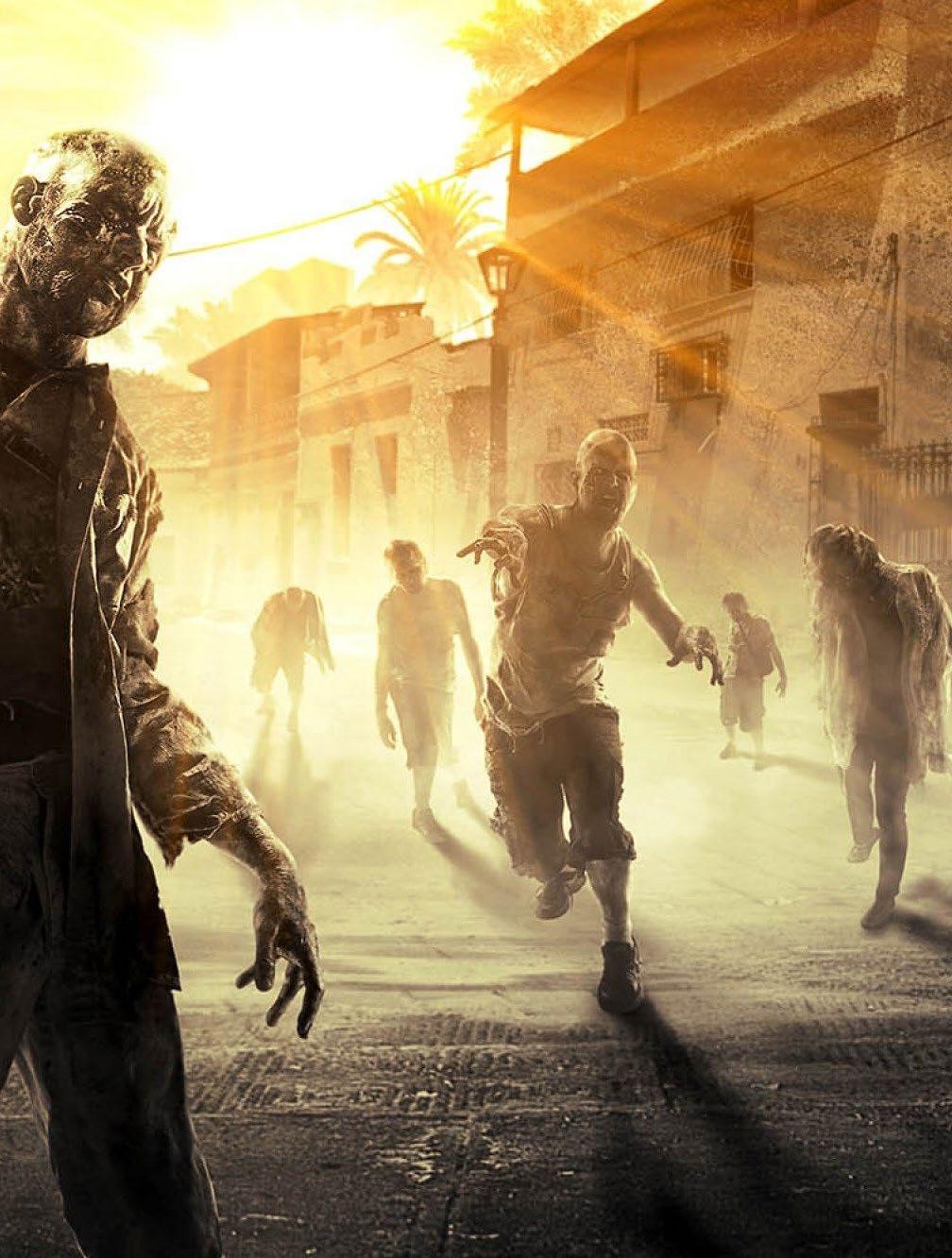
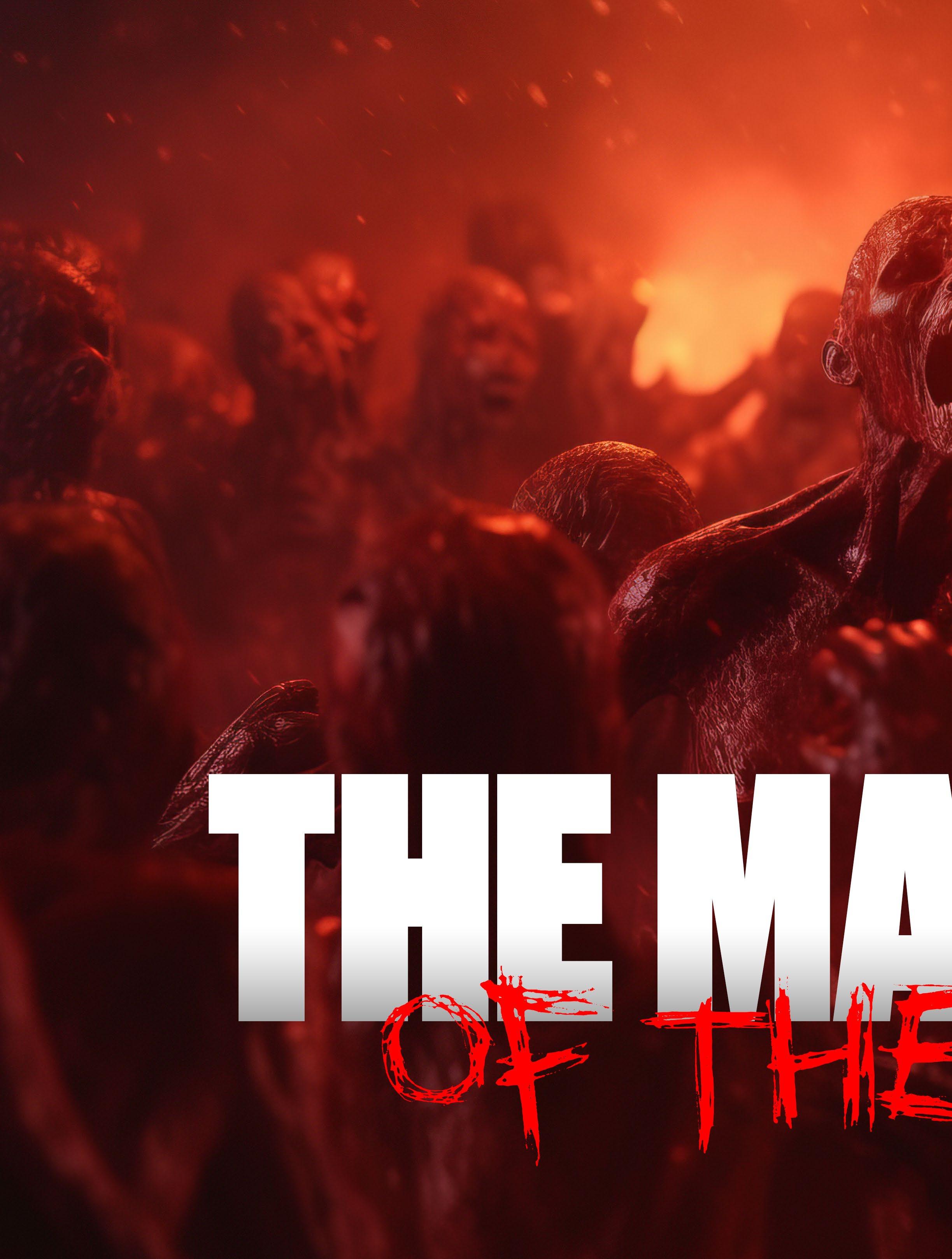
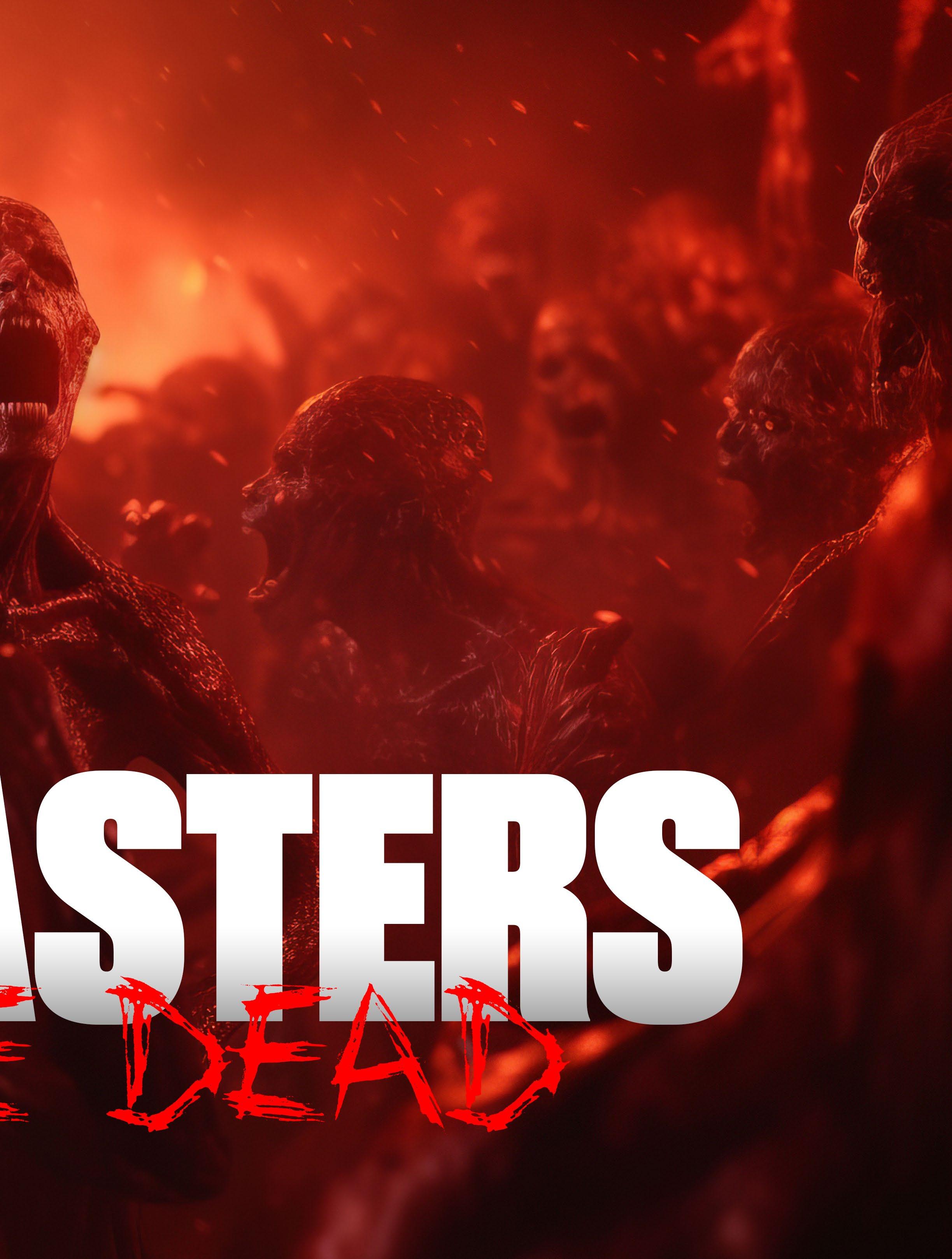
BY GRAVEYARD
1. GEORGE A ROMERO
The undisputed godfather and founder of the modern zombie film. Although Romero never utters the word ‘zombie’ in the film, and famously did not use the term to describe the creatures, (he preferred the term ‘ghouls’) the ‘Night of the Living Dead’ has become the template for all zombie movies that followed. The original 1968 film spawned many sequels, both authorized and not. Romero himself added another 5 films to the franchise. Dawn of the Dead, Day of the Dead, Land of the Dead, Diary of the Dead, and Survival of the Dead are the official canon timeline, but many other narrative branches have broken off the Romero tree.
Because of a minor distribution accident, the ‘Night of the Living Dead’ film was left in the public domain. The film was originally titled ‘Night of the Flesh Eaters’, and the copyright was printed on that negative. When the name was later changed, the distributor did not add the copyright to the new negative, and because of the copyright laws of the time, left the door open for anyone to use the title and content of the film for their own purposes.
This led to several offshoots and remakes. Some of these held the blessing of Romero, and others would head to the courtroom to battle over the Dead legacy. Ultimately the courts allowed the projects to move forward, and we got the ‘Return of the
Living Dead’ series (a classic in its own right, and also responsible for the BRAINS trope) and several remakes and reimaginings of differing quality.
Although Romero would ultimately lose the court battle for the rights to his first Dead film, the fandom overall won out, and the zombie genre exploded as a result. Romero, who sadly passed away in 2017, has a legacy that will continue as long as the zombie movie shambles on.
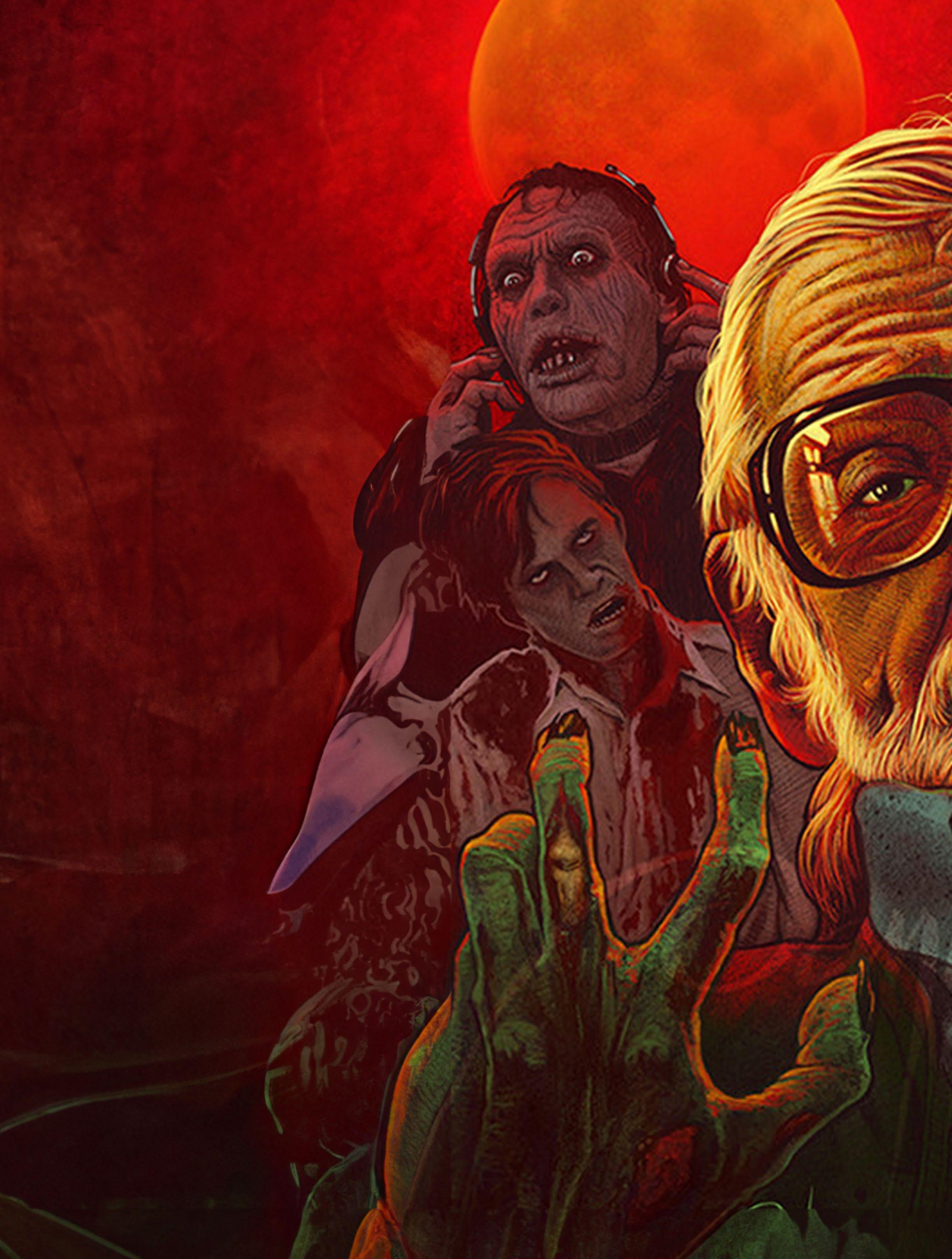
2. ROBERT KIRKMAN
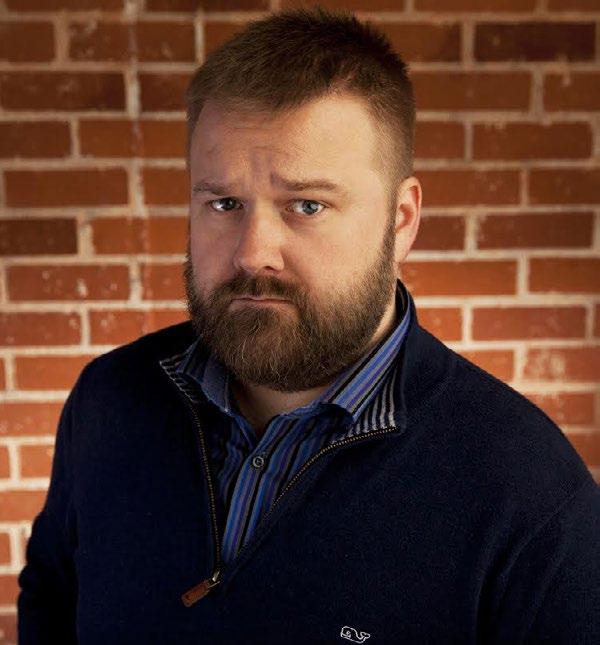
After the zombie wave broke in the mid to late 80s, the zombie genre hit a bit of a lull. It continued to be popular among die-hard horror fans, but not many new or interesting visions emerged for over a decade.
Enter Robert Kirkman, who in 2003 started writing what was to become ‘The Walking Dead’. He pitched it to Image comics as having an ‘aliens from another planet’ origin story, but he had no intention of following through with that, and instead kept it as a pure apocalyptic zombie story, centering on human tragedy and redefining who ‘The Walking Dead’ was referring to - The Zombies, or those that survived.
The comic exploded in popularity and propelled him to superstar status. He even famously became the fifth partner at Image comics, the only nonfounding member to be included. This popularity opened up an opportunity to create a television series which ultimately ran for 11 seasons, and several spinoffs that are still going today; most recently with Dead City, which premiered just this year. This resurgence brought the zombie genre back into the mainstream, and has only started to lose steam recently, although it has far from lost its power.
3. GREG NICOTERO
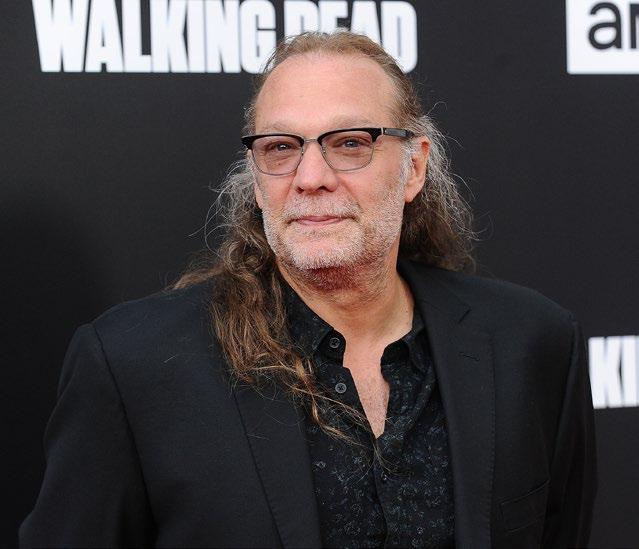
If Kirkman was responsible for writing the screenplay for the zombie resurgence of the last 2 decades, then Nicotero would undoubtedly be its visual artist. He began his career under the tutelage of the great Tom Savini on Romero’s ‘Day of the Dead’ in 1985. He bloomed into one of the most in demand and seasoned FX artists out there. So when ‘The Walking Dead’ was looking for a visual effects master to add that zombie makeup to the soon to be phenomenon, they recruited Greg Nicotero. His zombie and makeup effects added that mix of fantasy and realism that was the perfect compliment to the human drama of people trying to survive a zombie apocalypse. He soon outgrew his visual effects role and became a more active participant in the direction of the show by becoming an executive producer, director, and actor in the series and its spinoffs.
The zombie genre is still stumbling on, and Greg Nicotero will be at the helm for the foreseeable future.
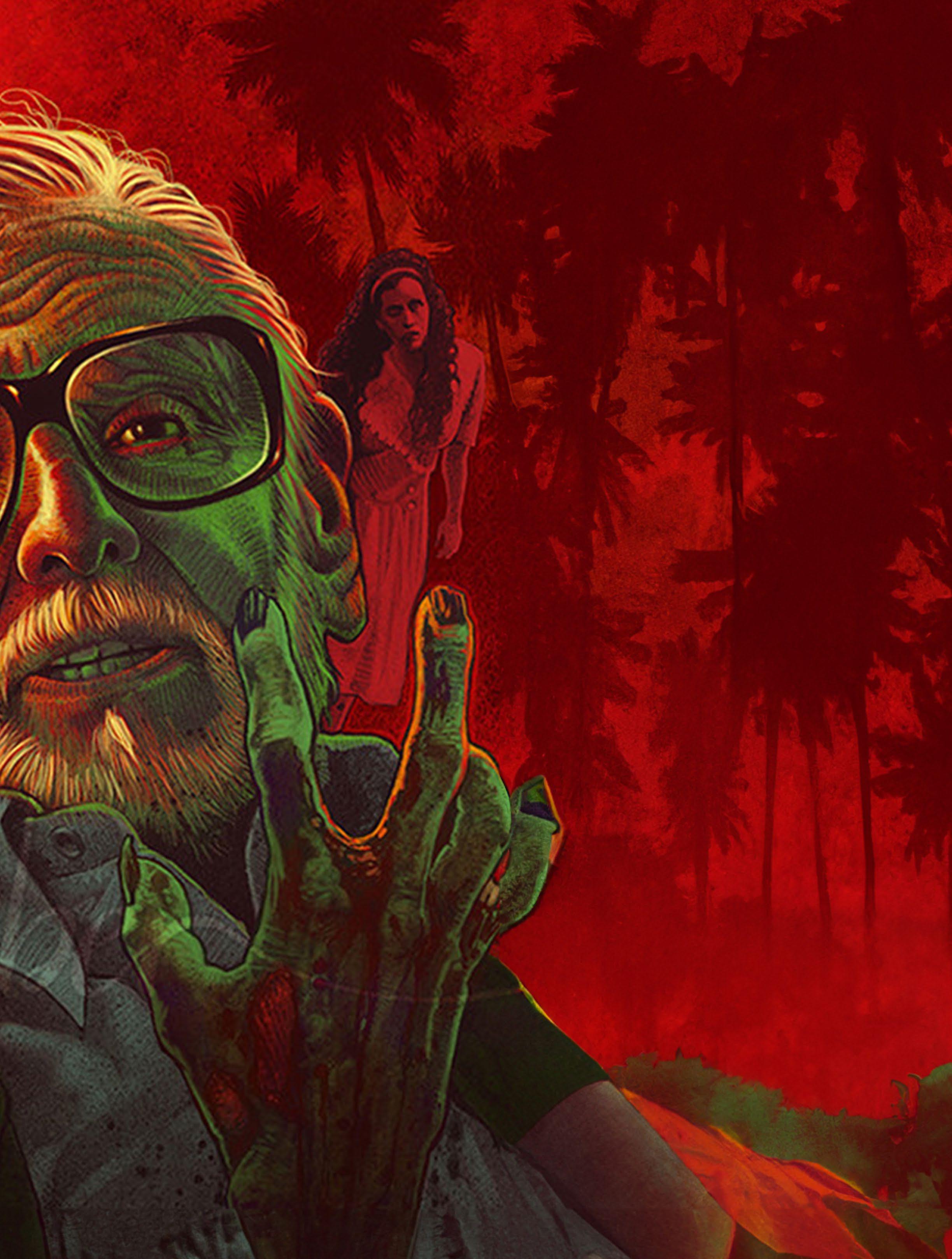
4. ZACK SNYDER
Although more famous today for his superhero epics and blockbuster hits and misses, Zack Snyder began his career by remaking the classic ‘Dawn of the Dead’. Penned by the great James Gunn early in his career, this film would break out of the cash-grab remake mold to make something refreshing and interesting in the genre. Riding on the rising zombie wave that was just starting in 2004, ‘Dawn of the Dead’ surprised fans and critics alike with its realism and genuine human moments.

Although Romero was not technically involved in the project, a nod was given to the original 1978 cast, who all had cameos.
He would not return to the zombie genre until 2021 with his zombie heist film ‘Army of the Dead’. Often labeled as a spiritual successor to his ‘Dawn of the Dead’ remake, the film helped prove that the zombie genre still has teeth even in the increasing streaming-only world that surrounds us.
5. DANNY BOYLE

Would you open a cage containing monkeys being shown violent images and movies? Danny Boyle answered that question for us. 28 Days Later came out in 2002, and those monkeys are infected with a disease called Rage. This departs from the traditional definition of a zombie as this is more of an infection causing people to revert to their more primal and violent selves. In the movie, the audience forgoes seeing much of the first 28 days of the zombie outbreak as we join Jim, a bike courier waking up from a coma to seeing England 28 days after the Rage virus outbreak. What helps make this movie unique from many other zombie movies is that the audience is introduced to the idea of “fast” zombies. All previous zombie movies show zombies as being slow moving, shuffling beings that if they did not initially surprise you, would only be dangerous to someone with their sheer numbers.
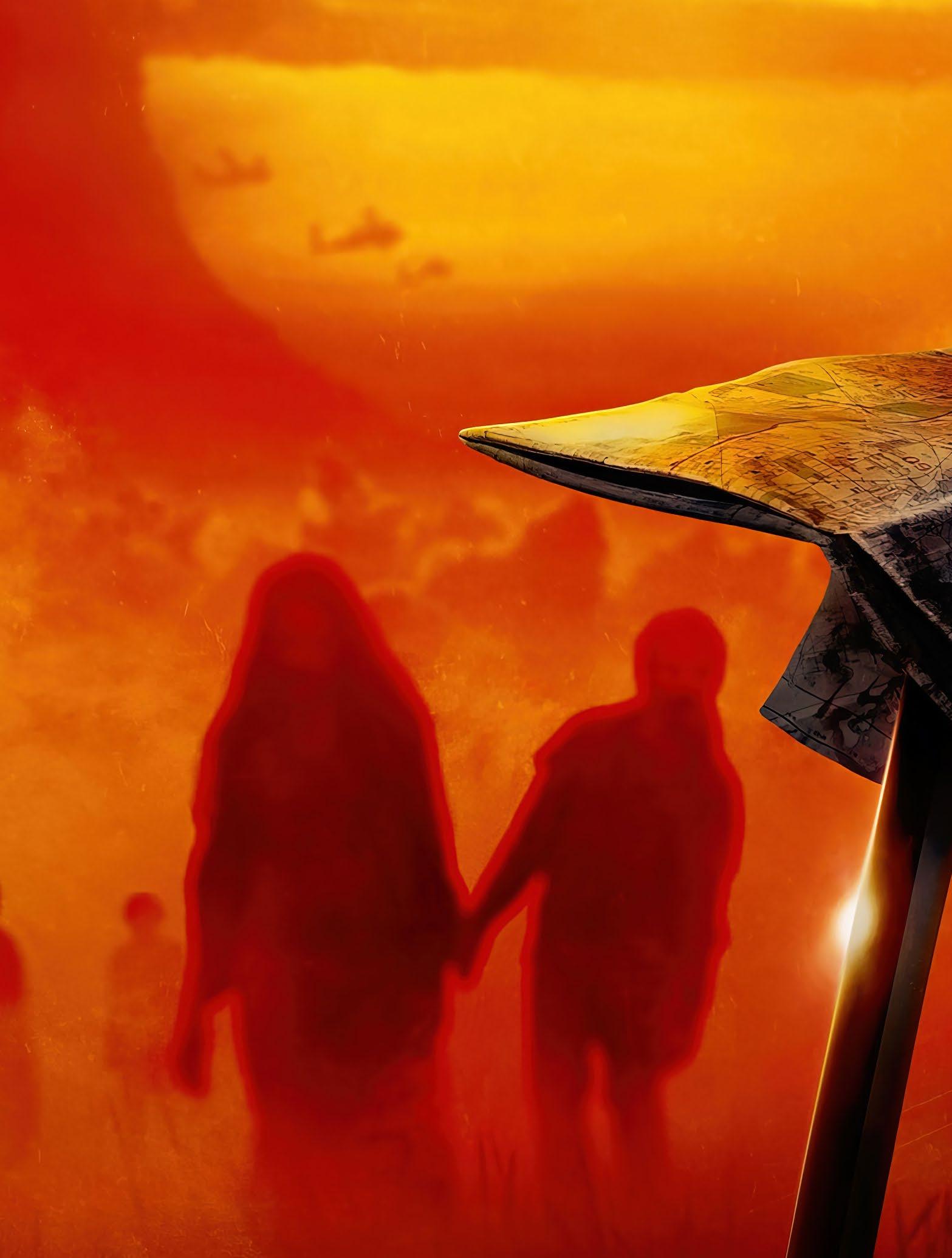
Just like in other zombie movies, Rage can be transmitted via bodily fluids such as in a bite, or even a single drop of blood falling into an eye. This movie was met with praise from the critics and audiences. A follow-up movie 28 Weeks Later came out in 2007. It does not carry over characters from the first movie, but is a continuation expanding on how widespread the Rage virus has become with all of the United Kingdom becoming a quarantine zone. Boyle did not return to direct this installment due to scheduling differences, but he stayed on as an Executive Producer. A third film has been stuck in development hell for over a decade, but many people have expressed interest in coming back in another sequel. Whether it be 28 Months Later, or as
Boyle has been on record stating, 28 Years Later, we can only wait to see how the story continues in this hopeful franchise.
6. VICTOR HALPERIN
Before George A Romero introduced the world to the idea of zombies being flesh eaters, zombies were supernatural beings created by ritual spellcraft, or a curse inflicted by another human being. Bring in Victor Halperin with his movie White Zombie, starring Bela Lugosi. White Zombie introduced voodoo into the mainstream. Zombies were created by a curse, starting with being hypnotized and ending in indentured servitude, but none of them came back from the dead hungry for flesh.

By today’s standards, these zombies may be tame, but they have their own classic place in the annals of horror. Imagine being mind controlled by someone else, unable to think for yourself or control your own actions. This has been part of voodoo for hundreds of years and is still considered by many to be rooted in real cases caused by hypnosis or mind altering drugs similar to a truth serum.
Halperin’s follow up Revolt of the Zombies is considered to be a loose sequel and was critically panned. However, with the success of the original, this was the form zombies would take until Night of the Living Dead White Zombie is considered a cult classic at this point in time, with Rob Zombie naming his band after it and even legally changing his last name to Zombie as an homage to his love of this movie. After Romero, the original voodoo zombies were changed but there were still writers and directors interested in the “original’’ zombie and can be seen in later films such as Fulci’s Zombi where zombies were caused by a voodoo curse. Even the great Wes Craven wrote a zombie movie called ‘The Serpent and the Rainbow’ that harkened back to those voodoo spells and ceremonies, causing Bill Pullman’s character to lose control of himself and becoming a classic Halperin zombie.
7. YEON SANG-HO
It is always interesting to see how other cultures take on a classic horror genre. While America has made remakes of many popular Japanese horror movies with varying success, Yeon Sang-ho took the idea of zombies and really made it his own. Train to Busan is a wild and gory ride to the end of that line. Sang-ho took the idea of zombies and put them on a high speed train. This brings the horror of zombies to the confined space of rail cabins and creates many tense moments and jump scares.
Train to Busan was the first Korean film to break the audience record of over 10 million viewers in one year. In the same year, Sang-ho created an animated prequel to Train to Busan, going over the origins of the zombie outbreak in South Korea called Seoul Station. In 2020, a sequel came out with Train to Busan Presents Peninsula. To say that Sung-ho revitalized interest in zombies is an understatement. While he continues to work on his zombie franchise, America is dipping its hand back into remakes with Last Train to New York which is being helmed with the help of horror master James Wan.

8. PAUL W.S. ANDERSON

People may have varying opinions on video game movies as a whole. Some may not like them due to the movies veering too much away from the source material. The
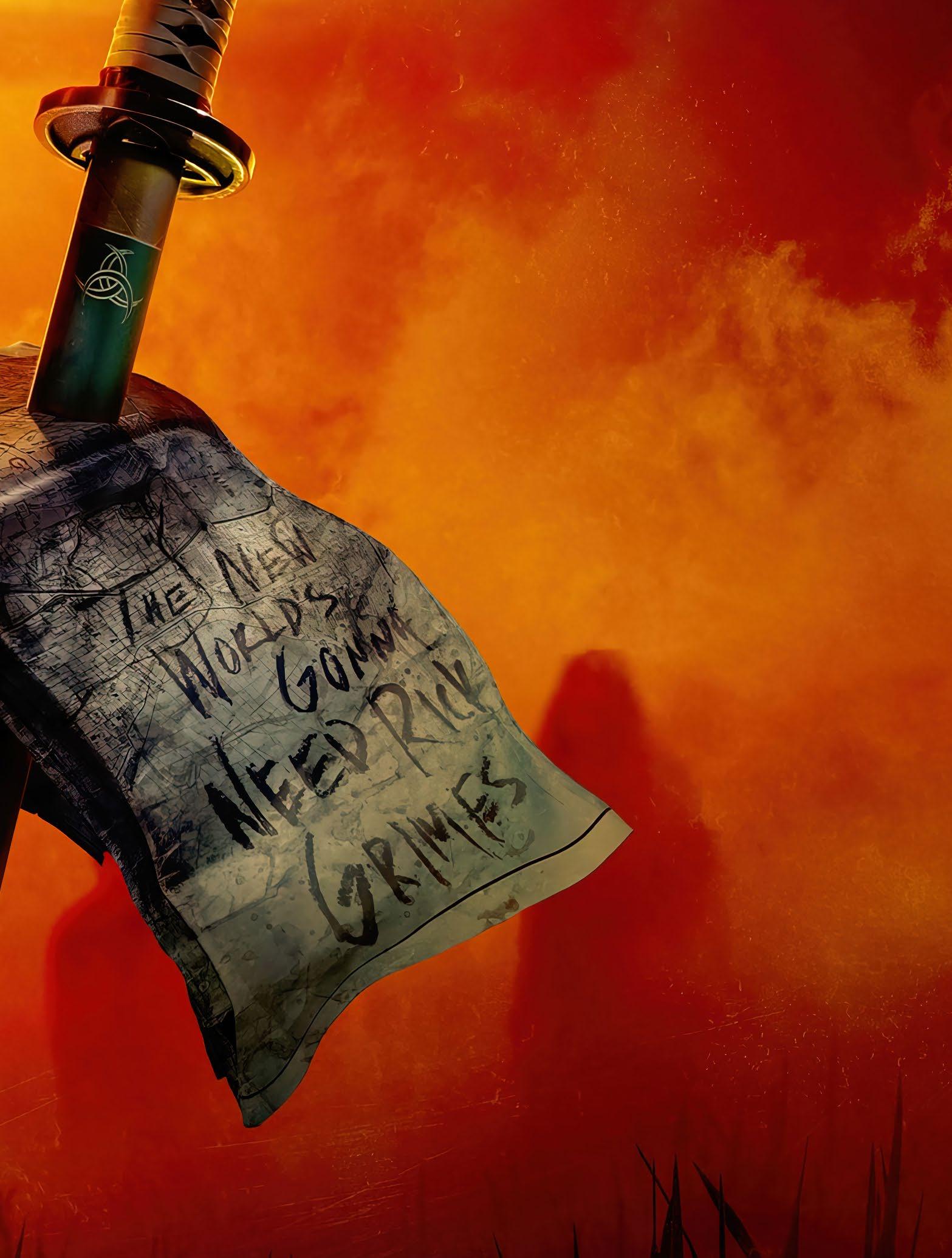
Resident Evil videogames put modern horror in the forefront of videogames and helped sell systems such as the PlayStation 1 and the Nintendo Gamecube with the exclusives that came from the Resident Evil Series. Whether you like them or hate them, the movies in the Resident Evil franchise are big contenders that have pulled in major studio money.
Paul W.S. Anderson was the mind needed to bring the beloved horror franchise to the big screen with his Resident Evil vision. The first one created a new character, Alice, that did not appear in the games. He cast Milla Jovovich, his soon-to-be wife in that role, and that character remained the main character in all 6 films. The first movie pulled in many elements found in the games, with the introduction to Umbrella and the T-Virus. It blends in a good amount of action with plenty of jump scares and zombie horror. Anderson wrote all six of these movies and directed 4 of them.
The Resident Evil franchise started with the Umbrella corporation experimenting with a deadly pathogen named the T-Virus. Turning into a zombie was caused by the character being bitten, then getting terminally diseased, and ultimately changing. Just like the games, the T-virus did not only affect humans, but Umbrella was also testing in animals as we see in Cerberus, or the “zombie dogs”. Also just like in the games, the virus mutates and so do the zombies. We get a variety of enemies created from these mutations, including the Tyrant, and eventually Nemesis which is the weaponization of the T-virus by Umbrella, as it continues to be more interested in money than actually saving humanity. As with many horror movies, eventually all series seem to turn to action and Anderson continues that trend with Resident Evil becoming more action heavy and less about zombies, whether that be for the better or worse was ultimately decided by the box office. He helped create the new standard of what a video game movie should be with healthy elements of horror mixed in.
9. TOM SAVINI [ IF GREG NICOTERO IS ON THE LIST, THEN SO SHOULD TOM SAVINI]
Not everyone in the zombie genre is a writer or director. Sometimes it takes a makeup/effect artist to really change the game when it comes to zombies. That individual is the one and only Tom Savini. When George Romero created his sequel to Night of the Living Dead, he brought on Tom Savini to do the special effects for what would be called Dawn of the Dead. He brought in top notch gore and realism to the zombie genre. From this movie, he became a name that anyone looking to do body horror called on. Savini was nominated for a Saturn award for his work on Dawn of the Dead. He later won the Saturn award for his work on Romero’s next zombie movie, Day of the Dead. With his work and frequent collaboration with George Romero, he pushed the boundaries of special effects and makeup. He became the go-to-guy for many movies throughout the 80s. He even famously played a biker in the original Dawn of the Dead, who would later be seen in Romero’s Land of the Dead. He even directed the 1990 remake of Night of the Living Dead. Unfortunately, the world was not yet ready for a colorized and modernized retelling of the classic tale and it did not perform well. Time has been kinder however, as it has now reached cult classic status. The zombie genre would not be the same if not for the talented and disgusting mind of Tom Savini.
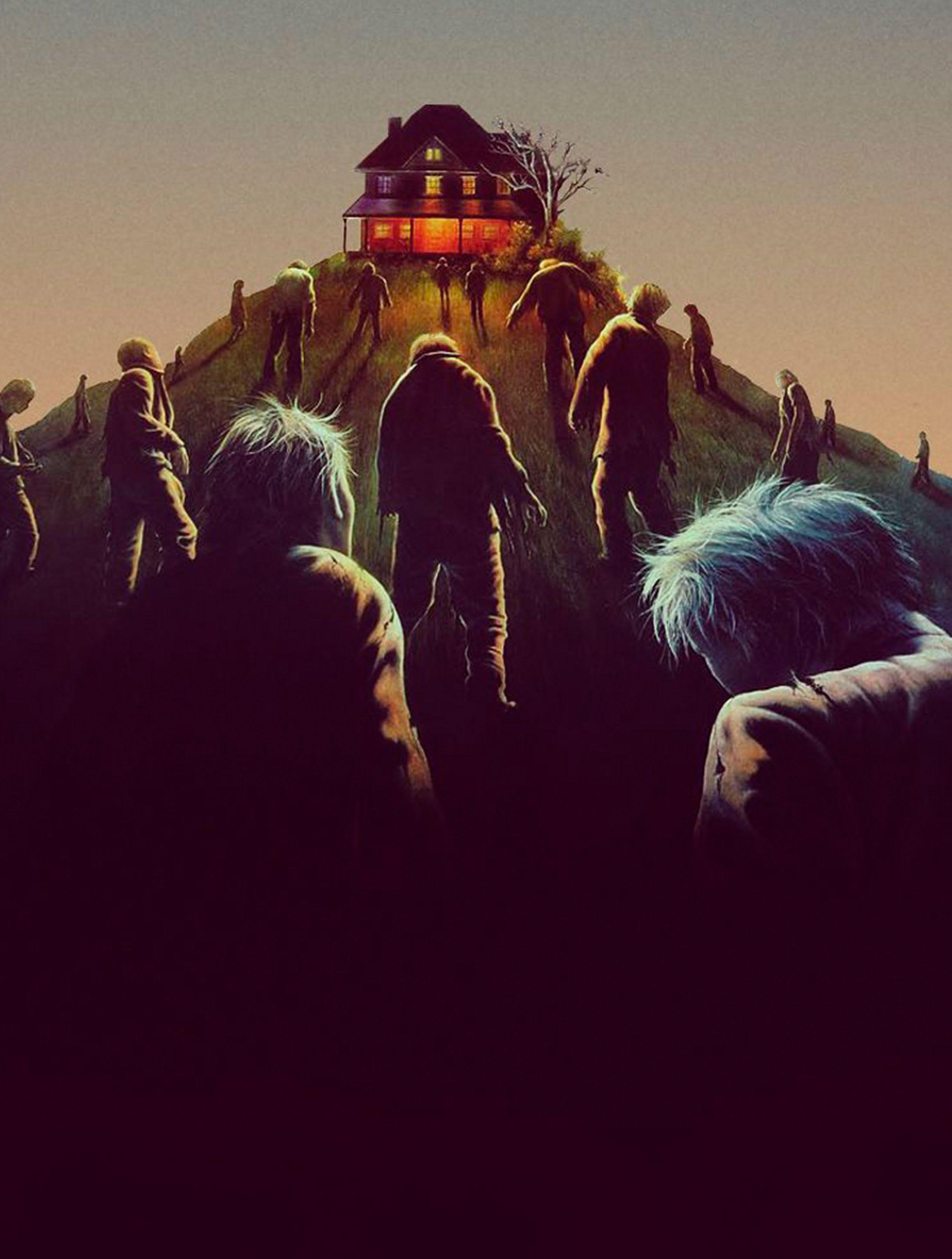

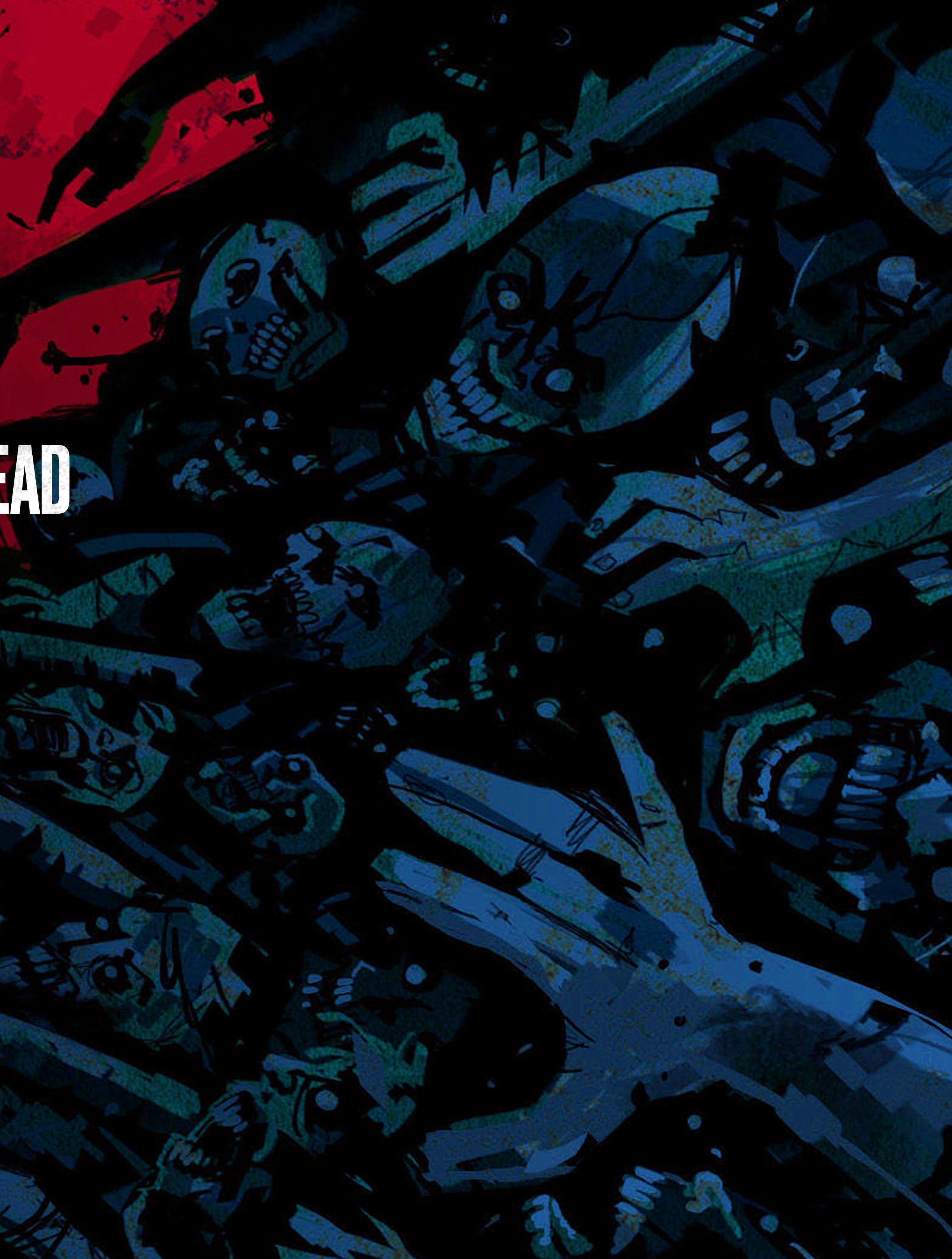
BY TOM TORMEY










